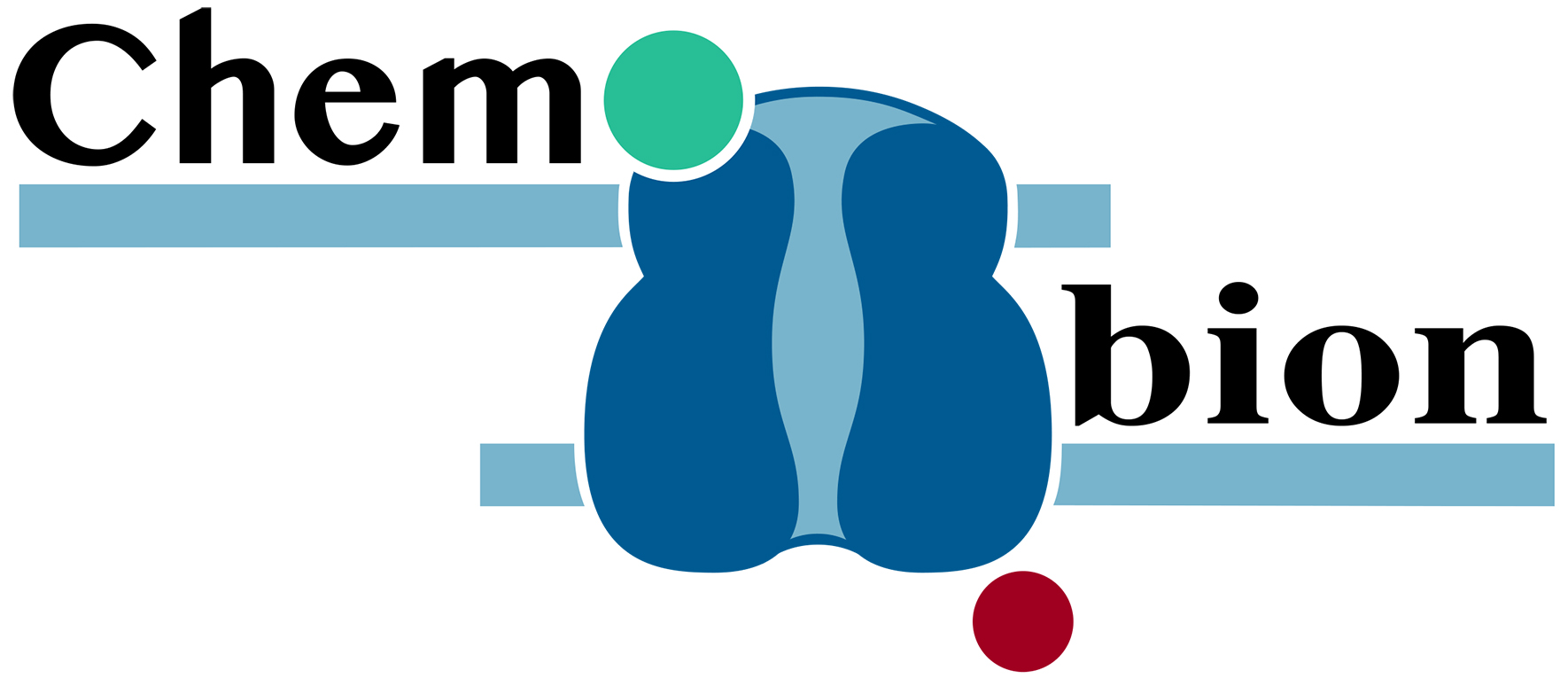ChemBIon project description
The Kv7.1/KCNE1 channel complex conducts the main cardiac repolarizing K+ current IKs under stress conditions. Mutations in this channel can cause loss-of-function, lead to the Long QT syndrome 1 (LQTS1) and potentially fatal ventricular arrhythmias. Recently, we used human iPSC-cardiomyocytes for modeling of such arrhythmias as a result of altered Kv7.1/KCNE1 function and report antiarrhythmic effects by pharmacological modulation. Member of a further class of cation selective ion channels are the glutamate/glycine-gated NMDA receptors. The NMDA receptor (NMDAR) is key to several neurophysiological and pathophysiological conditions. 7 genes encoding for proteins (GluN1, GluN2A-D, GluN3A-B) form hetero-tetrameric ligand-gated cation channels. Further, GluN1 can be spliced in up to 8 splice variants allowing for a multitude of possible subunit combinations that potentially allow for specific pharmacological targeting in different health conditions. Activation and inhibition of both Kv7.1/KCNE1 and the neuronal NMDAR can be achieved by natural and synthetic compounds including those with polyphenolic and steroidal scaffold. However, the exact mechanisms underlying those compounds effects are not well understood. Recently, X-ray crystal of NMDARs and cryo-EM structures of NMDARs and Kv7.1 have been reported and allow for diverse in silico modelling approaches.
The goal of this project is to identify compounds with specific ion channel modulatory features on cation channels Kv7.1/KCNE1 and NMDAR, extend the understanding of ion channel modulation on the molecular level and testing of the compounds in human iPSC-derived cardiomyocytes and neurones.


